VARIOUS ARTISTS / “Manha De Carnaval Mixtape”
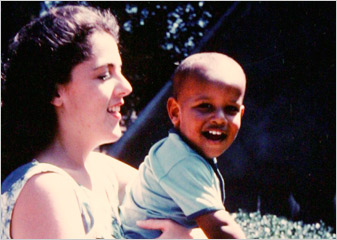
…the promise of another life, warm, sensual, exotic, different.
—Barack Obama writing about his mother’s fascination with the movie Black Orpheus.
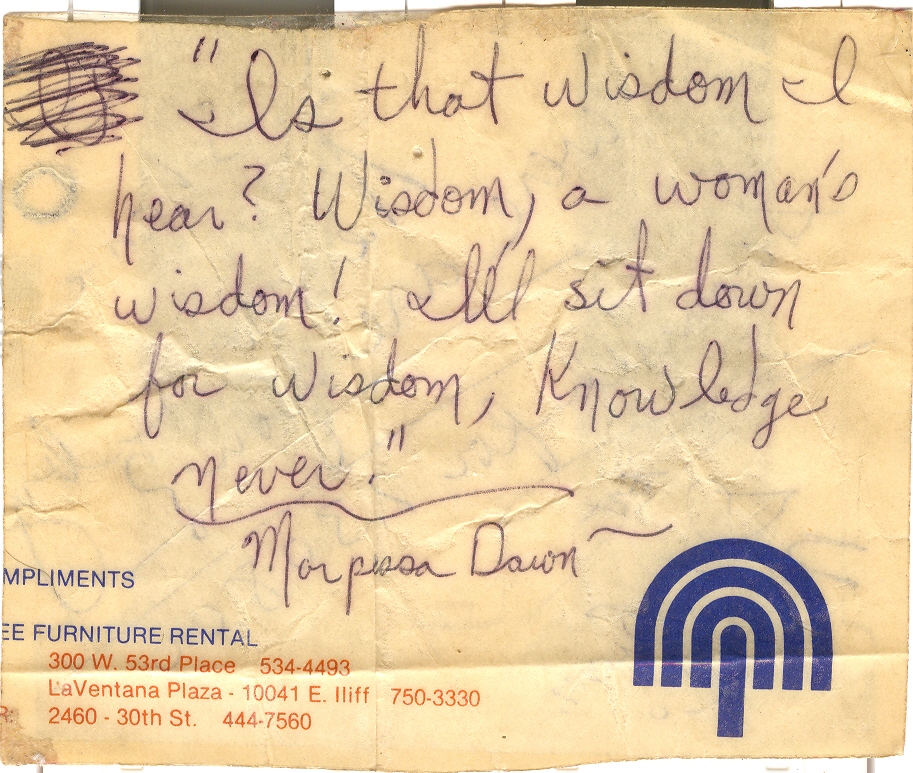
* * *
In New Orleans we get ready for the lean by chewing on the fat. In a city once dominated by Catholicism, we indulge ourselves in preparation to endure 40 days of lent, a block of temperance and sacrifice that precedes Easter.
But our flagrant embrace of celebration is not really a religious duty, if anything, it is ordinary carpe diem wisdom. Only a fool would not laugh when there is fun; for, as our people in Brazil know so well, happiness ends, sadness is always. We will always have cause to cry; we might not be in a position to laugh tomorrow.
If we are alive in the morning, then let our day be a carnival, which is a wise response to the vicissitudes of mundane life. Today we can dance; tomorrow, who knows. The oncoming night may last for forty years or more. Or at least this is our philosophy, this is why we seem so happy even though we are at the bottom of nearly every index of material and social wellbeing. Win, lose or draw, we enjoy ourselves. We are serious about playing the game of life.
I know that not everyone looks at life the way we do. Many cultures try to fight death rather than celebrate life. Some even try to make promises not only about tomorrow but also about what will happen when there are no more tomorrows. Promises of a better afterlife are deeply suspect when they come from people incapable of enjoying the here and now.
If there is a major distinction between African heritage aesthetics and those of classical Europe, it is our approach to life after birth. Our enjoyment of the social rather than coveting material possessions is what enables us to surmount the downer of death. I am convinced this aesthetic is a major part of what attracts the world to our music, and this in turn brings us to Orpheus. 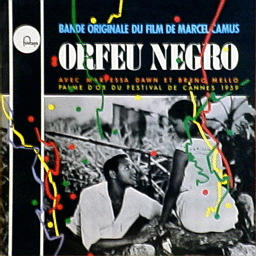
In another time—literally over half a century ago—a French film director, someone named Marcel Camus, decided to remake a Brazilian play, Orfeu da Conceicao by Vinicius de Moraes, which was based on the mythic Greek tragedy of Orpheus and Eurydice. 
Camus wanted to make a beautiful film about confronting death—beautiful in that the images would affirm life. So he decided to ask the people of Brazil to give his movie life, and music, and love, and joy. He called this moment in cinema history Orfeu Negro (Black Orpheus).
Who can say why judges make the decisions they do. Black Orpheus won the Grand Prize at the Cannes Film Festival 1959 and the Academy Award for Best Foreign Language Film in 1960. While universally admired, over time the movie has been criticized by some for being patronizing of black people in Brazil. Forty years later in 1999, a remake of the move was completed by Brazilian filmmaker Carlos Diegues with a soundtrack featuring Brazilian music icon Caetano Veloso. The remake updates the sights and sounds, and is more “authentic” but it does not have the artistic impact of the first film.
Perhaps the attention to sociology clouded the truth that it is not poverty that makes us but rather we who make something out of nothing—our way of approaching life, our passion, what we bring to the table, that is the ultimate importance not what is missing atop the table. What we bring is much more important than what is missing.
Our willingness to take a chance on life is why we so readily relate to Orpheus and Eurydice grasping at a wild and crazy affair. They are lovers, we relate to that. Hell, even a child can understand that.
The children dancing, believe music brings up the sun. The way we will risk death to embrace love in life. And especially our ability to seek, see and reflect the beauty of life regardless of day-to-day dirt. All of that is what infuses us not in a mystical way, but in a very, practical philosophical way—loving life is our praxis.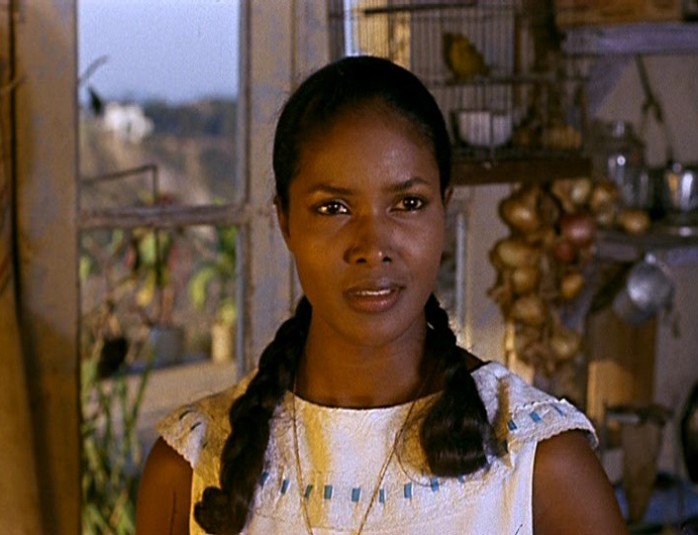
Look at Marpessa projecting the look of love.
Look again. 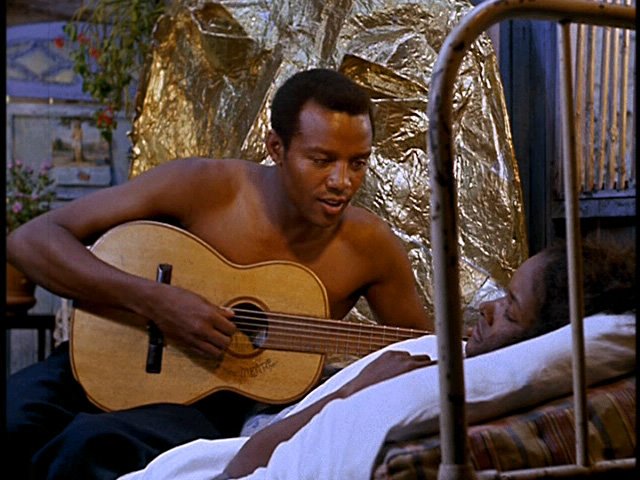
See what Breno saw.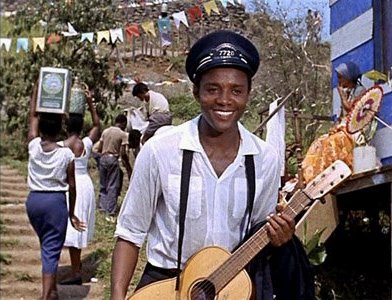
And look at this man. He owns nothing but he is a captain of song in charge of the vitality of his own life, so he gives that which is invaluable. 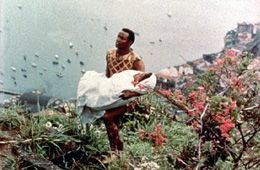
Some would say he was foolish. He gives up his fiancé to pursue a woman he scarcely knows, and then, after all the intrigue, he inadvertently kills the one he loves and subsequently dies while holding her lifeless body in his arms. 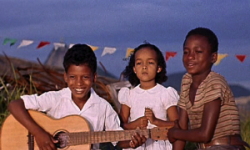
But the children know, Orpheus is a hero. They know that the beauty and power of the song lasts longer than the singer. 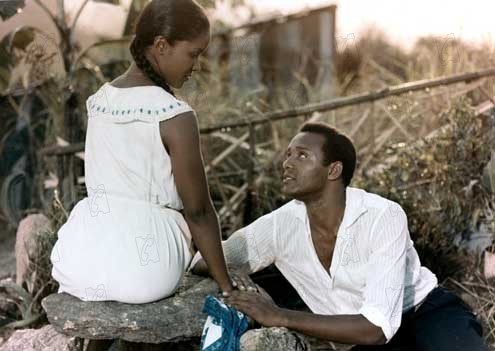
Camus’ Black Orpheus is a classic precisely because even though a flawed production about people with flaws, this movie successfully projects our passion for life. Starring Brazilian soccer player Breno Mello as the trolley driver Orpheus and Pittsburgh-born, French resident, dancer/actress Marpessa Dawn (of African American and Filipino parentage) as the newly arrived ingénue from the countryside Eurydice, the film did not have any big names. At that time hardly anyone outside of Brazil knew the soundtrack composers, Luiz Bonfa and Antonio Carlos Jobim.
At the beginning of the sixties there was no forewarning of the immense success Black Orpheus would achieve as a cinematic milestone. Moreover, the soundtrack literally changed the face of popular music and internationally established samba and bossa nova.
Trivia note: the legend goes that Camus originally rejected “Manha Da Carnaval” and requested Bonfa come up with something different. Bonfa felt the second song he created was clearly inferior and ended up arguing the case that the first song should be the theme song. Fortunately, Bonfa won.
This is the second time we at BoL are featuring “Manha Da Carnaval.” Go here to read our initial take (additionally go here and here to read our opinions on “Felicidade,” a sister song also from the Black Orpheus soundtrack).
Black Orpheus is the most successful and most influential movie soundtrack ever. Period.
The Greeks thought life was tragic. We know that the true tragedy in life is not living when you are alive, not giving your all regardless of how little (or how much) you possess.
We are not from the tragic school. As the music and social ambiance of Black Orpheus illustrate, we are passionate believers in life. We know another world is possible, in this world. Right here, right now. While we also know that massive struggle will be required to create this new world, nevertheless we are confident, victory is certain, pamoja tutashinda ("together we will win"). Moreover, we work and play thoroughly infused with the understanding that we must accompany the birth of our new world with song; so we make music as we search and struggle, forever (which is as long as at least two of us are alive) prepared to love our lives, now and in the future, to love life whenever and wherever we find ourselves.
—Kalamu ya Salaam
“Manha Da Carnaval” Mixtape Playlist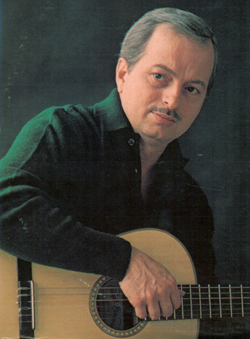
1. Luiz Bonfa – Black Orpheus soundtrack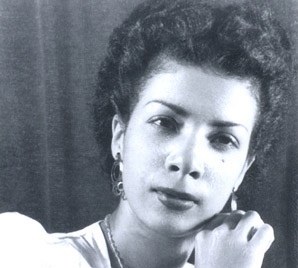
I don’t know why but on the soundtrack album Elizeth Cordoso is uncredited as the vocalist. She was robbed. True, Bonfa’s music is utterly beautiful. A frog could have been employed as a vocalist and the lilting song would probably still have been stunning. Nevertheless, Elizeth sings as though she knew she was laying down a classic track. Within the limits of three minutes, Elizeth hums, scats, sings and transforms a sad melody into an artistic expression that magically uplifts our spirits.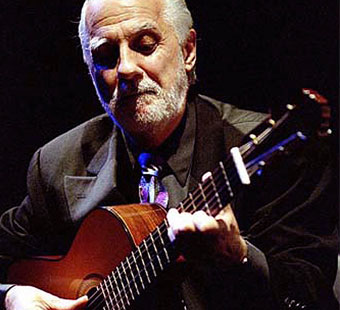
2. Oscar Castro Neves – Playful Heart
Whereas Bonfa’s original is both plaintive and plain without any class pretensions, guitarist Oscar Castro Neves, who was a Bonfa contemporary, scores his version with synth-strings and violin providing the classical counterpoint of “Prelude #3.”
This is far from the hillside favelas (ghettoes) of Rio de Janeiro, yet the beauty of the song remains resplendent due in no small part to the sensitivity of Neves’ guitar work.
3. Aziza Mustafa Zadeh – Jazziza
Aziza is a singer, pianist and composer from Baku, Azerbaijan (central Asia). She combines mugam (a traditional improvisatory style of Azerbaijan music) with jazz and classical. Any question as to how far the influence of our music extends?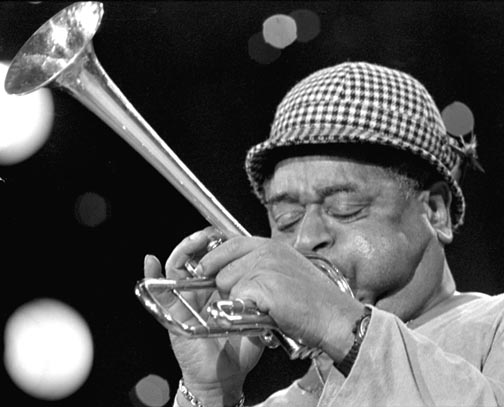
4. Dizzy Gillespie – Dizzy For President
A long time proponent of employing Latin rhythms to enrich jazz, Dizzy Gillespie offers a swinging version that combines both the humor of his personality and the seriousness of his commitment to the music.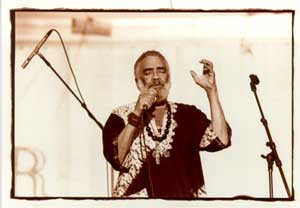
5. Oscar Brown Jr. and Luiz Henrique – Finding A New Friend (out of print)
Henrique is good but Brown is absolutely great in his interpretation. I’m not sure whose lyrics Oscar Brown sings but they are different from those usually heard in English versions. 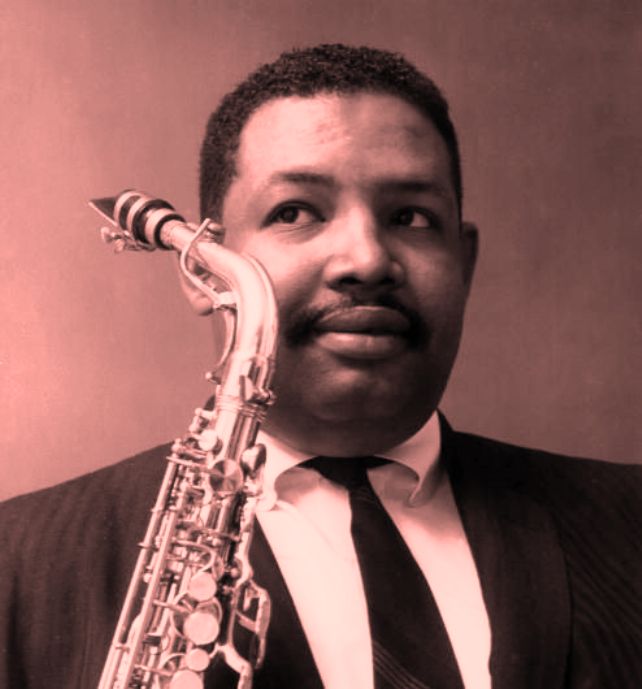
6. Cannonball Adderley – Paris, Salle Pleyel, 1969
Jazz. Jazz. Jazz, from one of the master lyric players. Plus he could create and ride a groove like a redcap Pullman porter working the New York to DC route—and that was a plum of a position to be in. Be sure to check out Walter Booker’s beautiful bowed solo.
7. Marcelo Quintanilha & Vania Abreu – Pierrot & Colombina
This is one of my favorite Brazilian albums. Vania’s vocals are highlighted by the cello on this track and by the arrangements throughout the album which is a musical in itself. Cello, acoustic bass, acoustic guitar and voice, it’s a compelling combination.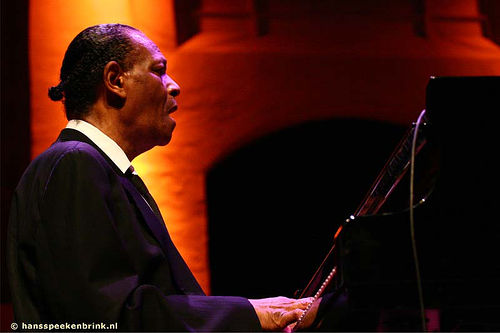
8. McCoy Tyner – Just Feelin’
The dean of modern jazz piano takes us on a far-ranging exploratory flight that stretches both the basic melody and the underlying harmony without loosing any of the rhythmic drive. The band is Louis Hayes – drums, Avery Sharpe – bass, and Babatunde – percussion.
9. Trio Esperanca – Nosso Mundo
A family trio of sisters whose voices are sublime. What’s really enchanting is how they negotiate the changes almost breathing as one.
10. Jessica Williams – The Real Deal
Baltimore-born Jessica Williams studied classical music at Peabody Conservatory of Music and later moved to Philly where she studied with and eventually joined the band of Philly Joe Jones, the former Miles Davis drummer. In the late seventies Williams moved to California. She has recorded over thirty albums under her own name.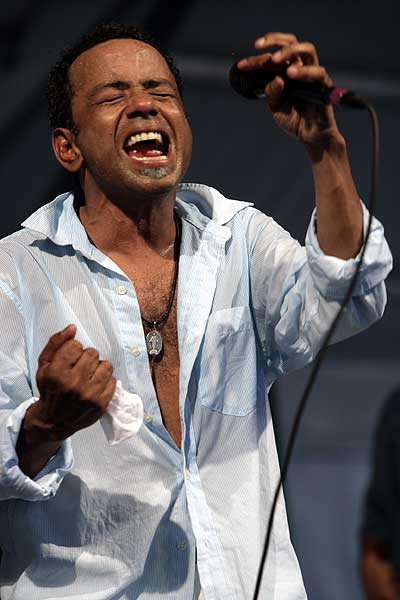
11. John Boutte – At The Foot Of Canal Street
New Orleans born and bred, John Boutte comes from a musical family and is considered the leading male, jazz vocalist in New Orleans.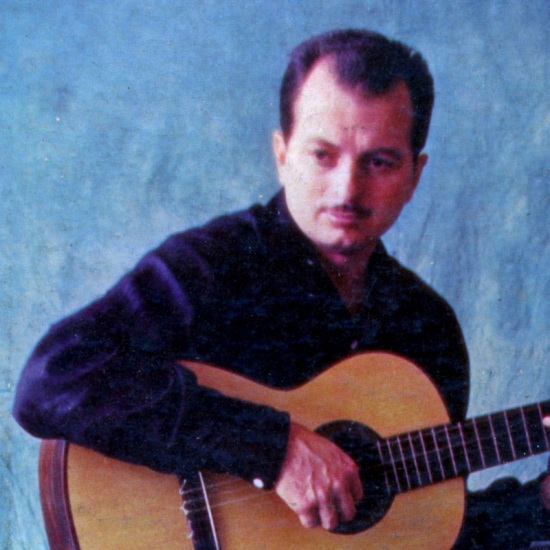
12. Luiz Bonfa – Black Orpheus Impressions (out of print)
This is from a 1968 session that featured a stellar line up: Luiz Bonfá (guitar, vocal), Eumir Deodato (piano, organ), Ron Carter (bass), Dom Um Romão (drums), Marvin Stamm (trumpet), and Maria Helena Toledo (vocal). Luiz and Maria were not only married at that time, they were also a song writing team.
This entry was posted on Monday, February 23rd, 2009 at 2:27 pm and is filed under Cover. You can follow any responses to this entry through the RSS 2.0 feed. You can leave a response, or trackback from your own site.
2 Responses to “VARIOUS ARTISTS / “Manha De Carnaval Mixtape””
February 26th, 2009 at 4:32 pm
Thank you so much for listing the music from “Black Orpheus”. We just celebrated its 50th Anniversary here in Los Angeles as part of the Pan African Film Festival. Your comments are on point. Just want to add that folks needs to think about how “our” image was in American films in 1959 and then consider the imagery in Black Orpheus in context. Yes there were very much politics involved in the making of the film, from the French side, the Brazilian side, the musicians side, etc.(some in the Brazilian elite community didn’t want the film made-too much focus on “blacks and favelas”…hmm-begs the question, what has changed since 1959???) But the beauty of our people and culture, the music and dance, the very landscape itself lives on and we honor that. We dedicated our celebration to Zumbi of Palmares and the 4 million + Africans bought to Brasil. Give thanks, aluta continua!
Leave a Reply
| top |